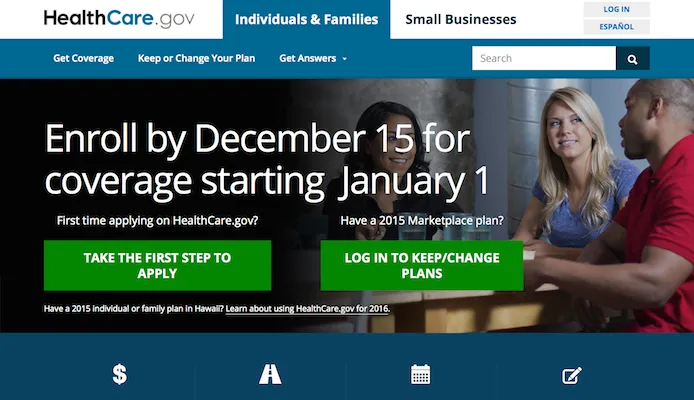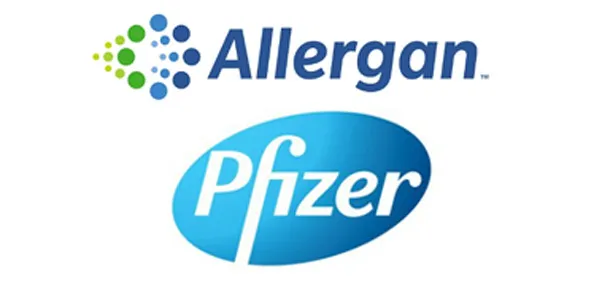The NACDS Annual Meeting, unfolding at the moment in Palm Beach, Fla., unofficially marks the end of the first third of the mass retailing year.
Perhaps coincidently, the NACDS Total Store Expo event, scheduled for August 22 to August 25 in Denver, unofficially signals the end of the second third of this mass retailing year. So, with the end of the year’s first trimester, it’s perhaps time to review the year to date.
In one sense, not much of import has happened. In another sense, much has happened. The major news has been made by the nation’s largest mass retailers — Walgreens, CVS, Rite Aid, Walmart, Target, Safeway, Albertsons and so forth. Partly this is a result of their size. Walgreens’ announcement, made earlier this month, to the effect that the retailer plans to close some 200 stores, made national business headlines. Similar CVS pronouncements also grab the attention of the national business press, as do unfolding agendas that emanate from Bentonville, Ark., or Minneapolis.
That the major mass retailers make news is no longer news — in itself. Target’s opening of two Target Express stores in the San Francisco Bay Area was significant for the fact that Target opened these stores, not for the stores themselves. CVS’ recent personnel realignment made news primarily because the announcement came from CVS; otherwise, it was not particularly noteworthy.
So, viewed merely as news, mass retailing made very little newsworthy news during the year’s first four months. Below the surface, however, much has been happening, especially if viewed through a long lens. For this short period of time was characterized by dramatic personnel and strategy shifts of the kind that promise to influence retailing profoundly in the years to come.
Though it’s difficult — and unfair — to pinpoint one particular change as key, one must first focus on the shift in top-level management at Walgreens, a retailer not generally known for seismic top-management realignments. In no particular order, Walgreens’ chief executive abruptly retired, an executive from the Alliance Boots retailer/wholesaler was appointed to a senior executive position at Walgreens, and a woman who had been running the Claire’s accessories retailer was named the company’s chief merchant.
In other words, the nation’s largest drug store retailer completely realigned its senior management ranks before the new year really got started.
The changes at CVS, while not as dramatic, were equally mind numbing. Specifically, Helena Foulkes, named president of the CVS drug store unit last year, began exerting her considerable influence on those drug stores late last year, one which is effectively repositioning the retailer by speeding decision making, simplifying the organization and raising legitimate questions about the way CVS, or indeed any drug chain, had become accustomed to running its business.
One has only to look at the drug chain’s decision to stop selling tobacco, and the hugely positive impact that decision has had on CVS’ business, to recognize that no one way of approaching business is necessarily the only way — or the right way.
Not to belabor these changes, but new management has favorably impacted the mass retail business. Rite Aid’s relatively new management has succeeded in reversing that drug chain’s fortunes. Walmart’s new chief executive has refocused that retailer’s energies, efforts and priorities. Target’s new CEO has steadied that ship and returned its focus to the merchandising and selling of consumables and commodities. In the grocery business, the coming together of Safeway and Albertsons has created the second-largest supermarket retailer in the U.S., and the decision to appoint longtime retail executive Bob Miller to head up the joint company promises strongly positive results, as anyone familiar with Miller’s retailing career can attest.
Other changes, while not as staggering, are nonetheless noteworthy. Take, for example, the selection of Mike Bloom, formerly of CVS and Family Dollar, as president of Fred’s Inc. and his subsequent appointment of former Walgreens executive Brian Pugh as chief merchant. While neither of these assignments will automatically return Fred’s to a competitive posture, they amount, even at this stage, to a new lease on life for a company that time and competition had bypassed.
Then there’s the Family Dollar-Dollar Tree tie-up. While too early to assess with any degree of accuracy, it’s certain even now that this alliance will help both “dollar” retailers.
These and other changes thus far in 2015, and more that are certain to come, cannot help but prompt any industry people who believe that nothing much has changed to reorient their thinking — and reevaluate their judgment.








